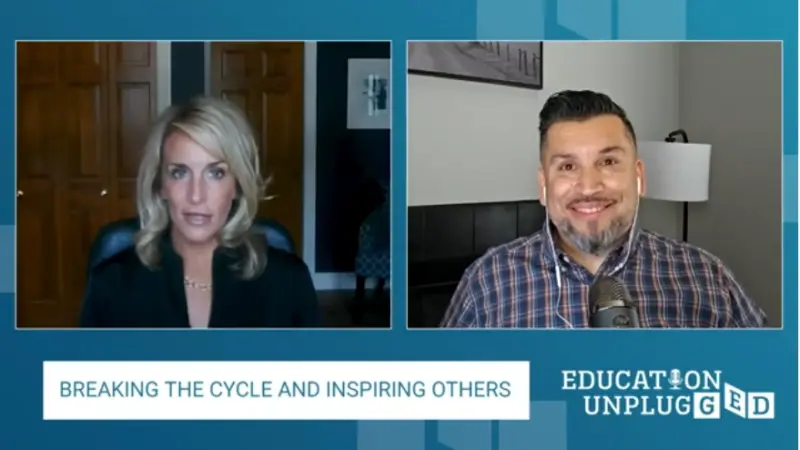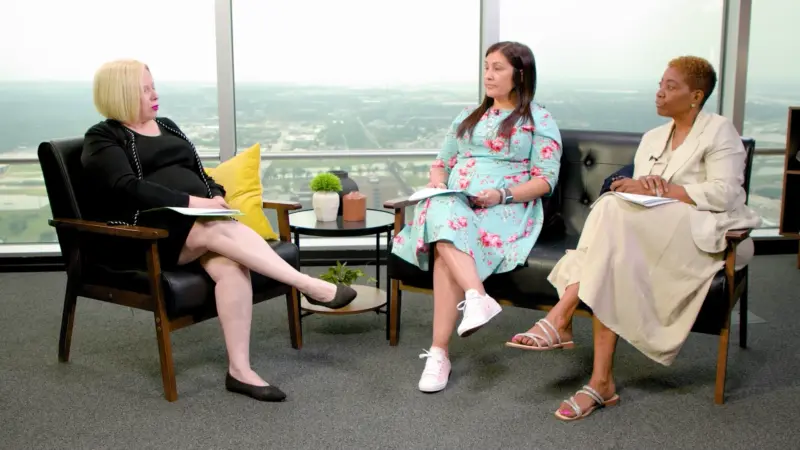Inside the Microschooling Movement
Homeschooling, charter schools, boarding schools, traditional schools, and private schools are all terms we are familiar with. But microschooling? Probably not. Microschools are typically made of mixed age groups and often contain 15 students or less with teachers serving in a more guide-based role to help students personalize their learning through projects and hands-on activities. How did microschools surface and what are some of the benefits they offer and the challenges they face as the microschooling movement grows?
On today’s episode of The Future of Education, Host, Michael B. Horn speaks with Don Soifer, CEO of National Microschooling Center, about what microschooling is, about what microschooling is, why it surfaced, and potential regulatory concerns this learning model faces.
Horn and Soifer also discussed…
• What microschooling is and how they make learning tools available to their leaders
• Charter school authorization and governance regulations
• The microschooling movement and the financial implications
Soifer explained how microschooling was born out of the pandemic but has since evolved in terms of how people think of it. “I think families at the more fragile ends of the income spectrum are more likely to be willing to look critically and thoughtfully at the education system and think, ‘Is this where I want the learner that’s important to me and my life to get all of their preparation to succeed in this new economy or can we do better?’”
Michael Soifer is Chief Executive Officer of the National Microschooling Center, President of the Nevada Action for School Operations, and Fellow at the Aspen-Pahara Institute. Soifer attended Colgate University and is recognized by the Nevada court system as an expert witness on school quality.



